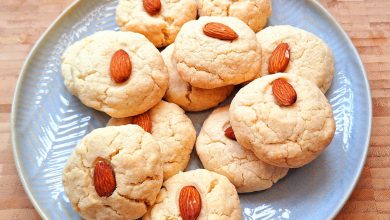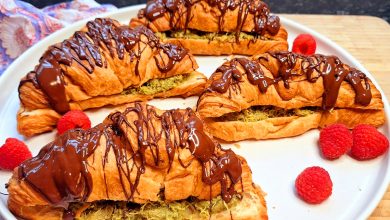Moist and Fluffy Coconut Cake Recipe | Easy Teatime Dessert Idea
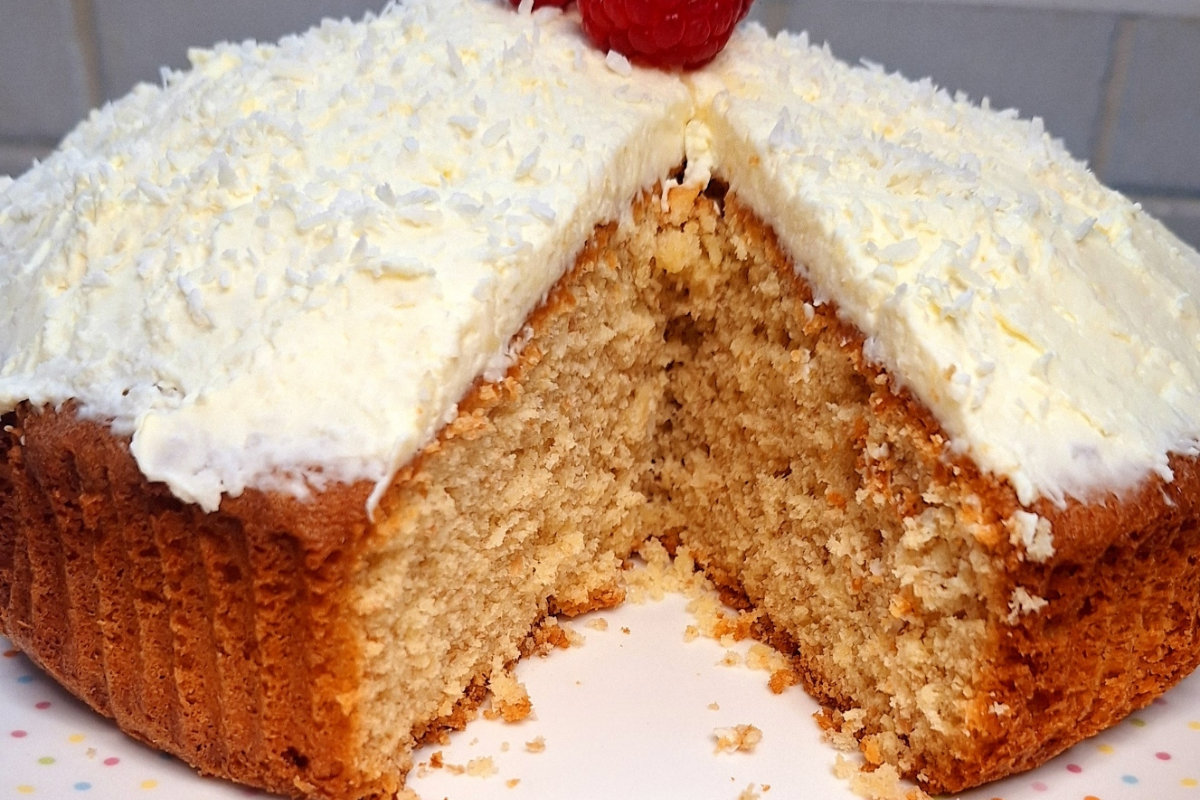
Why You’ll Love This Easy Coconut Cake Recipe
Looking for the ultimate coconut cake recipe? This moist, fluffy, and easy coconut cake is a perfect teatime treat or dessert for any occasion. Made with simple ingredients, this homemade coconut cake is full of rich coconut flavour and a soft, spongy texture. Whether you’re a beginner or a seasoned baker, this traditional coconut dessert is sure to impress.
This moist coconut cake is ideal for anyone looking for a soft and flavourful dessert. The secret to its light and fluffy texture lies in the combination of fresh ingredients and a few key baking tips. Unlike some cakes that may turn out dry or dense, this coconut cake remains tender and full of flavour.
This easy coconut cake recipe is not only quick to prepare, but it also delivers a perfectly moist and fluffy texture with just the right balance of sweetness. Whether you’re preparing it for a special celebration or simply craving something delicious, this coconut cake is sure to become a go-to dessert. Plus, it’s versatile enough to be customised with different frostings or flavour variations.
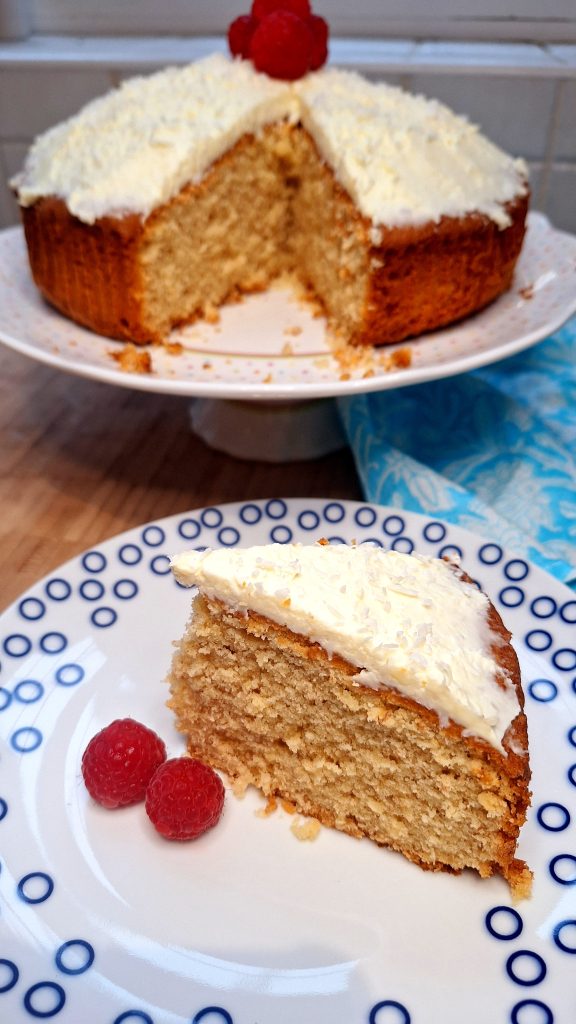
History of this Moist Coconut Cake
The history of coconut cake in Britain and South Asia reflects global trade and colonial influences.
Coconut was introduced to Britain during the colonial era, through trade with the Caribbean, India, and Southeast Asia. It became a luxurious ingredient, prized for its exotic flavour and versatility in desserts.
British colonization introduced Western-style baking techniques to South Asia in the 18th and 19th centuries. European-style cakes, including coconut cakes, were prepared in colonial households and bakeries, often using locally available coconuts.
In South Asia, coconut cake took on unique regional adaptations, which included using freshly grated coconut instead of desiccated coconut for richer flavour.
In Britain, the Victorian era marked the rise of baking as an art form. Shredded or desiccated coconut, imported from tropical colonies, was used as a decorative topping or an ingredient in cakes.
Coconut cake remains a favourite in South Asia, served at celebrations, weddings, and festivals. It has also gained a nostalgic value, often associated with Anglo-Indian cuisine or recipes passed down through generations.
This moist coconut cake symbolises a shared culinary heritage that emerged through trade and colonisation. In Britain, it evolved as part of classic Western desserts, while in South Asia, it was enriched with local flavours and traditions.

Tips in Making this Easy Coconut Cake Recipe
This cake really is so simple to make. Like most cakes, it involves beating the sugar and butter together, then adding the flour and eggs and beating further. However, if you do want to shortcut the mixing process further, you can put all the cake ingredients (not the topping ingredients) into a food processor and blitz. You will have a cake batter in a matter of seconds this way. I often use the food processor method when making cakes as it’s my fail proof method of making sure that my cake rises.
I have always been rather lazy when it’s come to lining tins with parchment paper, to save time, I tend to buy the ready made parchment cake tin wrappers and put that into my cake tine. This again will save you some time cutting and fitting parchment paper.

Variations in Making this Moist Coconut Cake
You will see from the ingredients that I have used a mix of brown sugar and caster sugar. Brown sugar always results in a moister cake. As we are using desiccated coconut in the sponge to give the coconut flavour, the brown sugar just makes sure the sponge does not dry out. The flavour of brown sugar means there is a slight caramel- like flavour in the sponge will works beautifully with the coconut. It really does give a deeper and more complex sweetness to this moist coconut cake. You can add more or less brown sugar and experiment with how caramel-esk you like your sponge.
If you wanted to make more of a layered cake, you could quite easily half the batter into two tins, I’d advise going for a a slightly smaller tin than what I have used below. Cook on 180C in a fan assisted oven for 30 minutes, the cake should be done by this time and you will have two lovely moist coconut cakes. You can still top both cakes with the coconut buttercream. There is always something more appetising about seeing a two layered cake.
I personally do not like a very thick layer of buttercream on my cake, so my buttercream quantity is structured accordingly. However if you do prefer a thicker buttercream crust, you can scale up the ingredients to your taste.
Also, if you are not a fan of buttercream at all, you can quite easily miss of the buttercream and just layer with some raspberry jam and desiccated coconut on top of the cake. I would use 250 grams of jam, you can use any jam you prefer, strawberry or raspberry work the best.
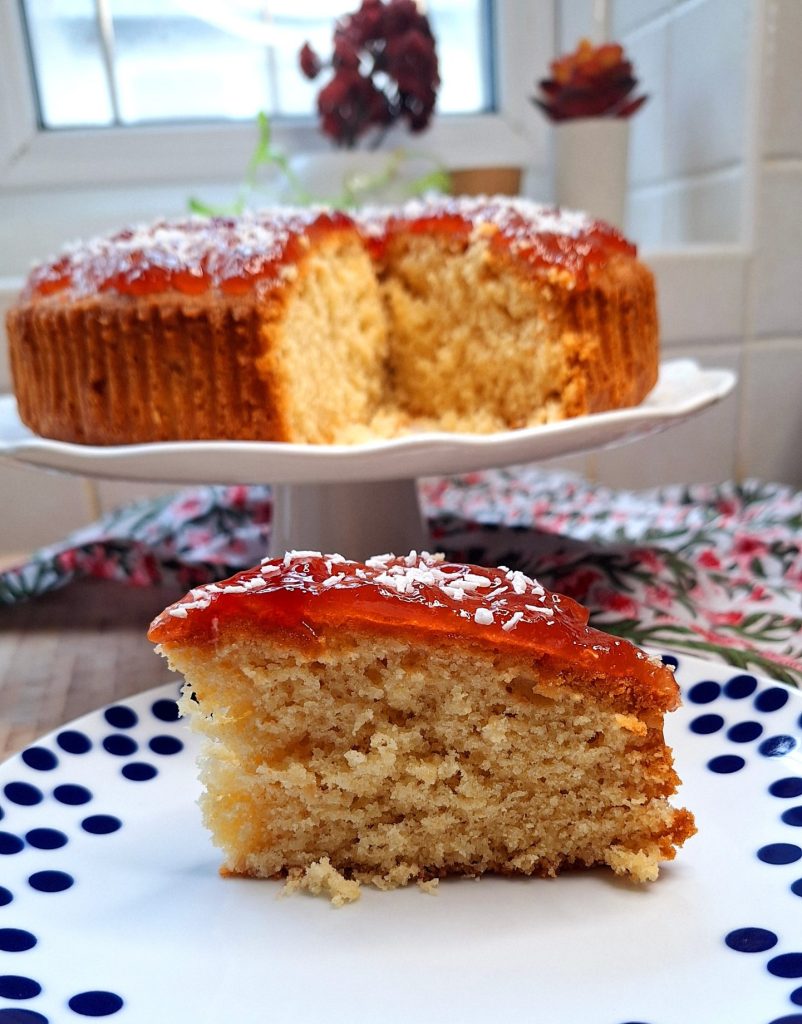
Serving this Moist Coconut Cake recipe
For me you could quite easily have this easy homemade coconut cake with a good cup of tea, or better still karak chai. However, I would for guests, always give them the option of having this classic dessert with some lovely warm custard or even vanilla ice-cream.
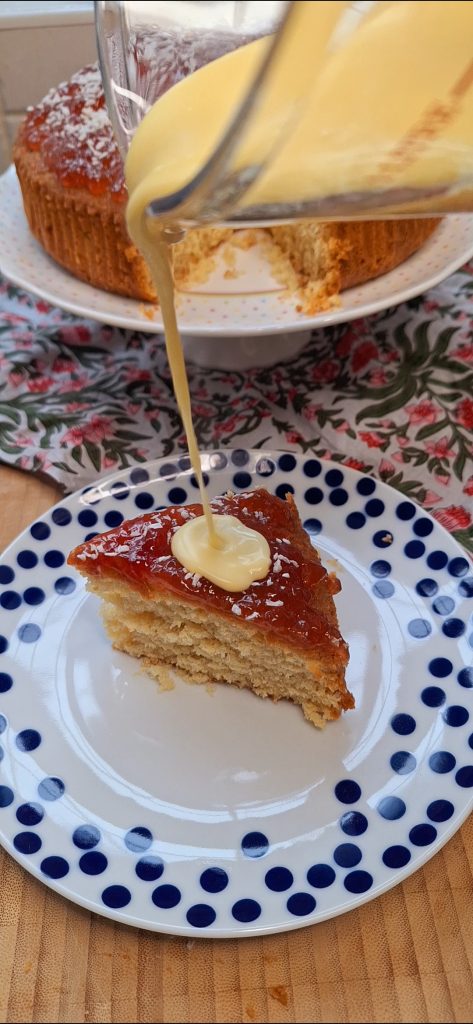
Baking Tips for this Easy Coconut Cake Recipe
Here are some helpful baking tips for making this moist coconut cake:
- Measure Precisely: Use a kitchen scale for accurate measurements to achieve the perfect texture. I know some people like to eyeball ingredients, however I always stick to precise measurements to ensure a good cake very time.
- Room-Temperature Ingredients: I always like to have the butter at room temperature, but if you can also keep the eggs, and milk at room temperature, this will give you a smooth cake batter.
- Don’t Overmix: Mix just until ingredients combine to avoid a dense cake. This applies for when using an electric whisk and food processor.
- Let It Cool Fully: For the best texture, let the cake cool completely before frosting to prevent the buttercream from melting.
- Even Layers: Spread buttercream evenly to prevent it from seeping or shifting during baking.
- Testing for Doneness: Insert a skewer; if it comes out clean, your cake is ready.
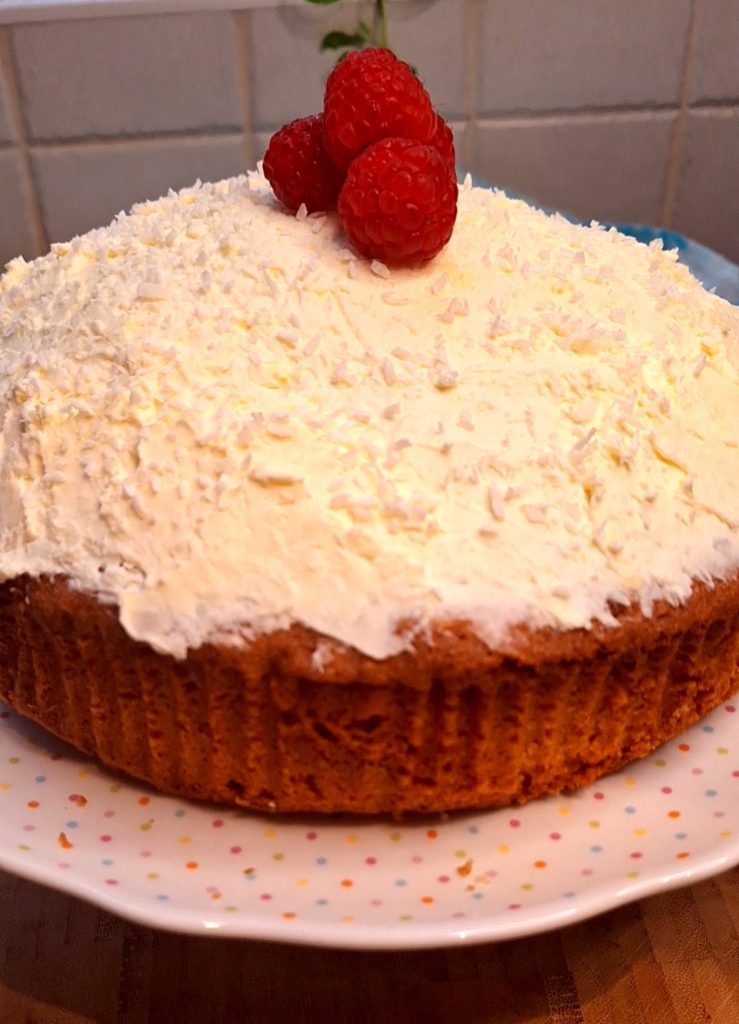
FAQs
- How do I store this coconut dessert?
Store the cake in an airtight container at room temperature for up to 3 days or refrigerate for up to a week. This makes it great for a casual lunch or dinner party dessert, you can prepare it the day before and serve it on the day without worrying about freshness. - Can I make this cake dairy-free?
Substitute butter with a plant-based alternative and use non-dairy milk like almond or oat milk. - Do I have to use brown sugar?
- No you do not need to use the brown sugar, you could substitute the brown sugar for caster sugar instead. However, the brown sugar does give a lovely soft golden texture to the sponge.
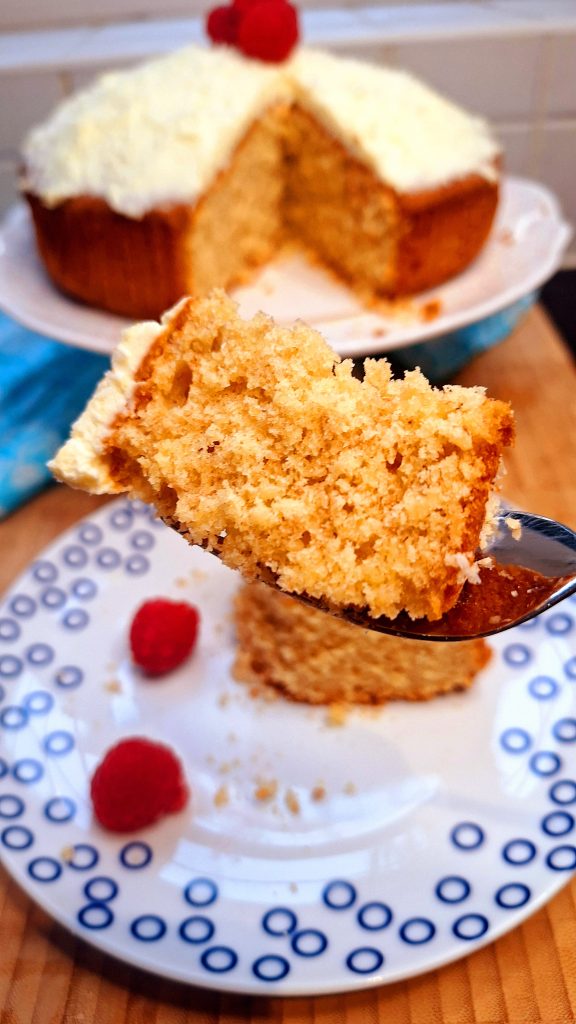
Try This Moist and Fluffy Coconut Cake Today!
Ready to bake the best coconut cake? Gather your ingredients and follow the steps for a delicious, moist, and fluffy cake that will impress everyone. Don’t forget to share your results with us in the comments below!
See my video on Youtube, Instagram or TikTok to see how to make this dish.
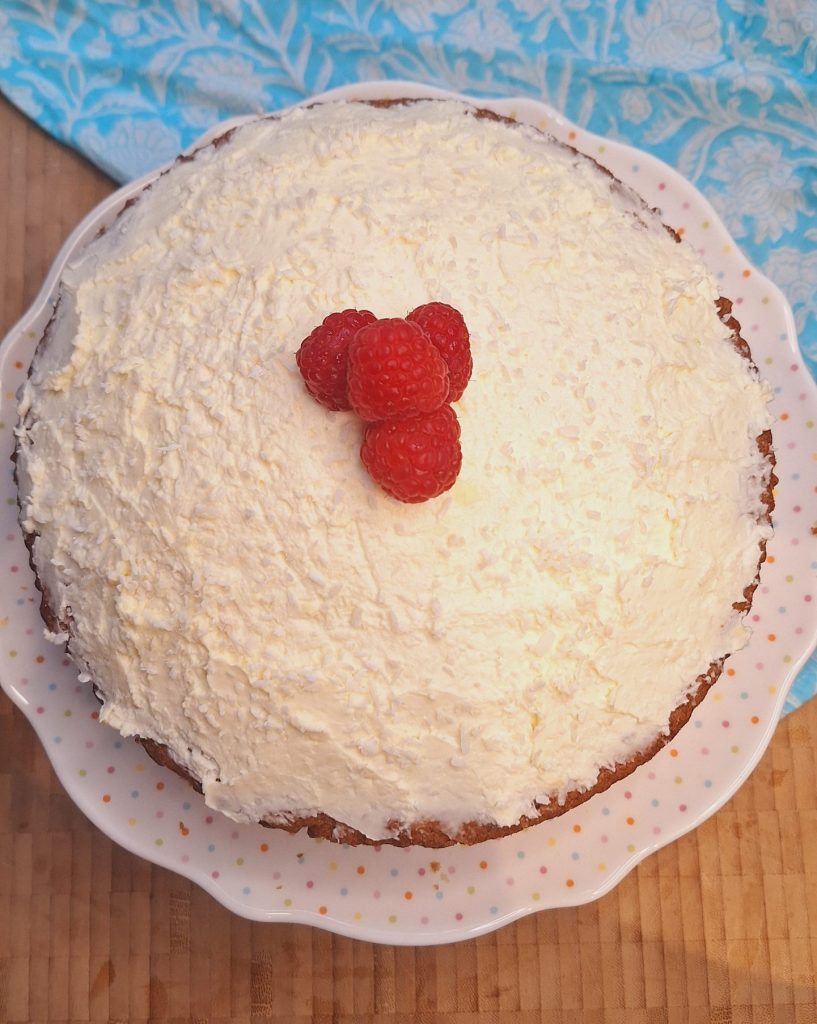
Step-by-Step Guide to Baking the Perfect Coconut Cake
Feeds 8
Cake Ingredients
- 225 grams self raising flour
- 4 large eggs
- 175 grams caster sugar
- 50 grams brown sugar
- 225 grams unsalted butter (room temperature)
- 75 grams desiccated coconut
- 2 tbsp milk
- 1 tsp baking powder
Buttercream Ingredients
- 100 grams of soft cream cheese (full fat)
- 50 grams of unsalted butter
- 100 grams of icing sugar,
- 1 tbsp of milk
- 20 grams of desiccated coconut,
Method
- Pre-heat the oven to 160C in a fan assisted oven (180 C if not a fan assisted oven) and line a cake tin (22cm in diameter) with parchment paper.
- In a large mixing bowl, add butter and sugars and beat until light and fluffy.
- Then add the eggs, self raising flour, desiccated coconut and baking powder. Beat until fully combined.
- As a short cut, I often put all the cake ingredients into a large food processor and blitz, this is my fail safe method for making sure my cake does not sink in the middle.
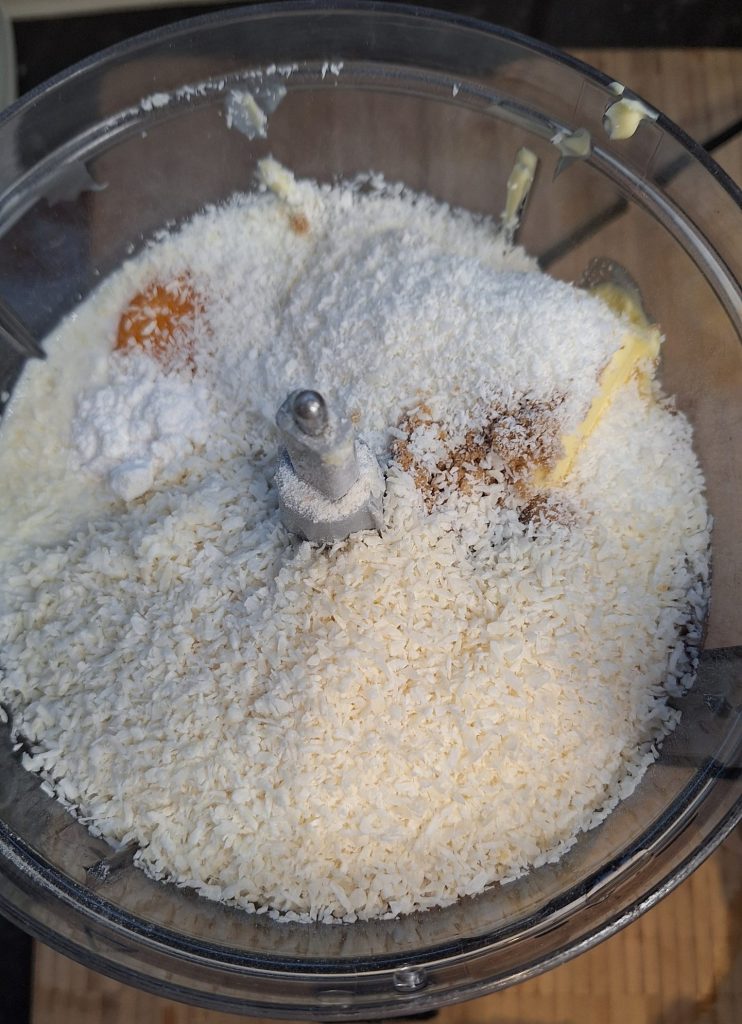
- Then scrape the mixture into the cake tin, smooth the mixture out evenly to the edges of the cake tin and bake in the oven for 55 minutes.
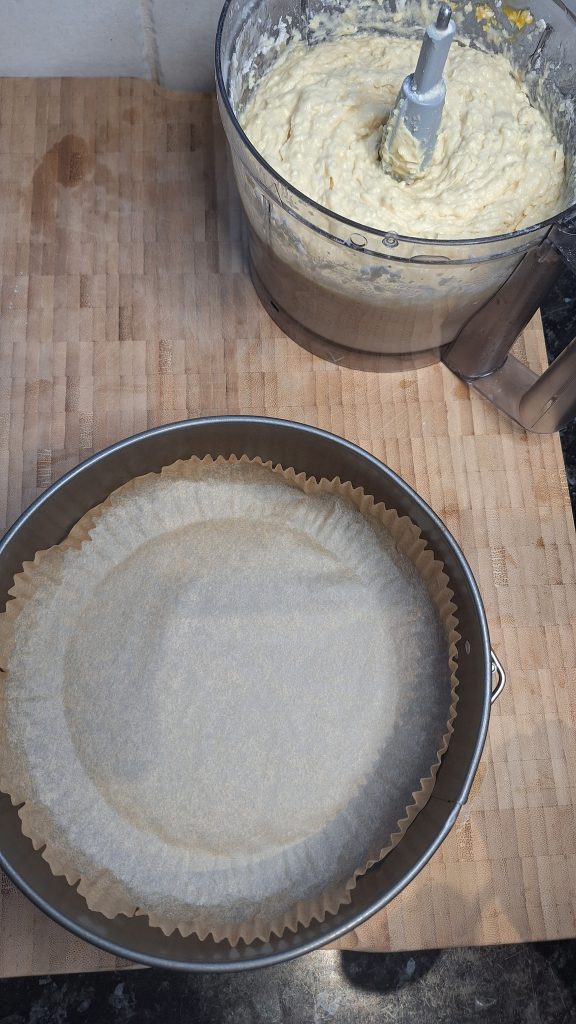
- Whilst the cake is backing, you can get on with making the buttercream. Add the cream cheese and butter to a bowl and whisk, then add the, icing sugar, coconut and milk and beat until smooth.
- If the buttercream is too thick, you can add more milk until you get a consistency you are happy with.

- Once the cake has been baked, let it come to room temperature before adding the buttercream over the top of the cake.
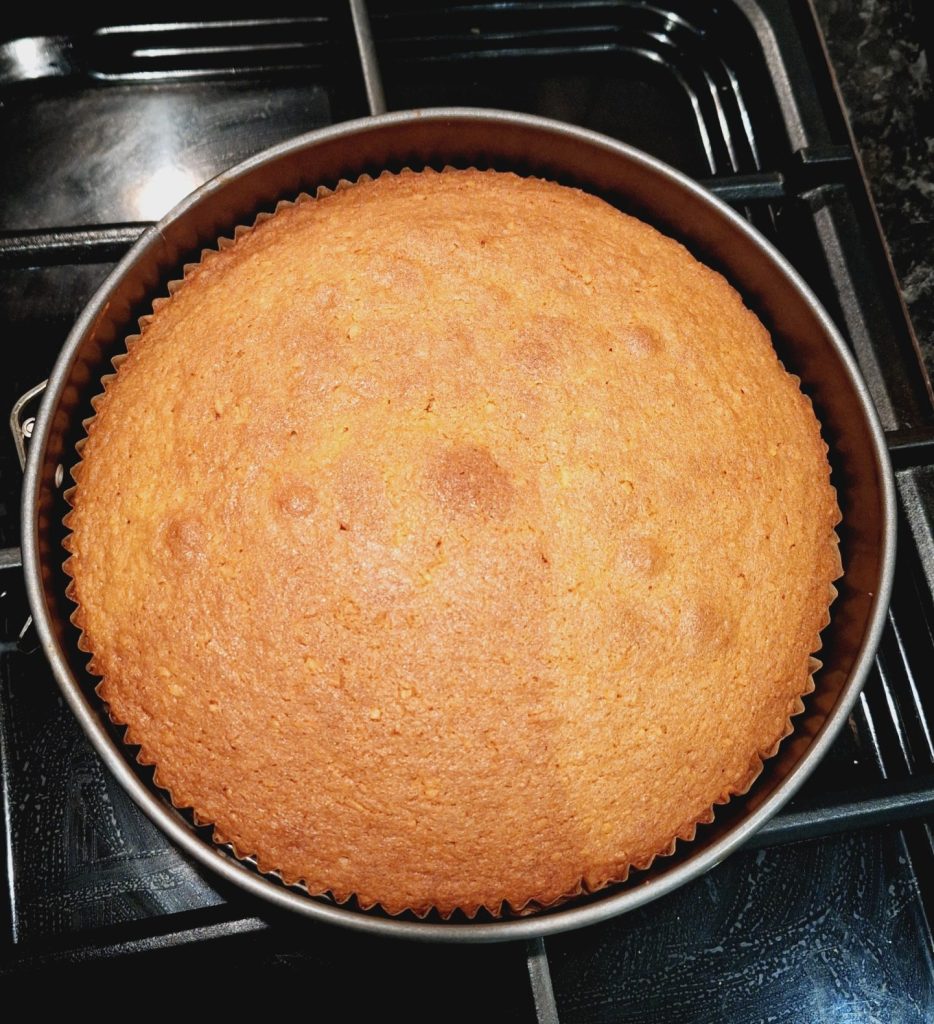
- Then sprinkle some more desiccated coconut over the buttercream. I also like to garnish the cake with raspberries, it adds a lovely splash of colour to the cake, but this is optional.

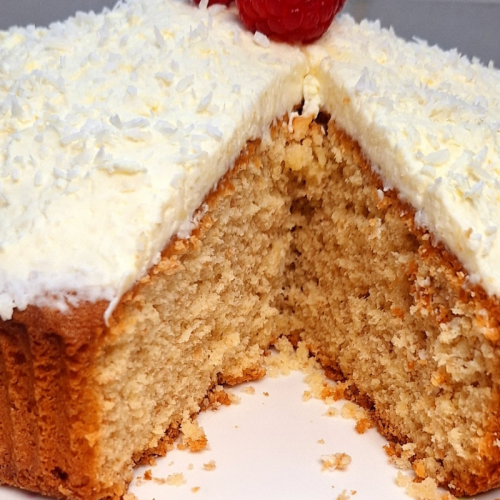
Coconut Cake Recipe | Moist, Fluffy, and Perfect for Teatime Treats
Ingredients
Cake ingredients
- 225 grams self raising flour
- 4 large eggs
- 175 grams caster sugar
- 50 grams brown sugar
- 225 grams unsalted butter room temperature
- 75 grams desiccated coconut
- 2 tbsp milk
- 1 tsp baking powder
Buttercream Ingredients
- 100 grams soft cream cheese (full fat)
- 50 grams unsalted butter room temperature
- 100 grams icing sugar
- 20 grams desiccated coconut and extra for sprinkling
- 1 tbsp milk add more if the icing is too thick
Instructions
- Pre-heat the oven to 160C in a fan assisted oven (180 C if not a fan assisted oven) and line a cake tin (22cm diameter) with parchment paper.
- In a large mixing bowl, add butter and sugars and beat until light and fluffy.
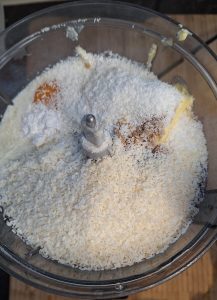
- Then add the eggs, self raising flour, desiccated coconut and baking powder. Beat until fully combined.
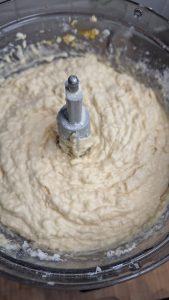
- Then scrape the mixture into the cake tin and bake in the oven for 55 minutes.
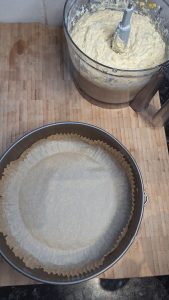
- Whilst the cake is backing, you can get on with making the buttercream. Add the cream cheese and butter to a bowl and whisk, then add the, icing sugar, coconut and milk and beat until smooth. If the buttercream is too thick, you can add more milk until you get a consistency you are happy with.
- Once the cake has been baked, let it come to room temperature before adding the buttercream over the top of the cake.
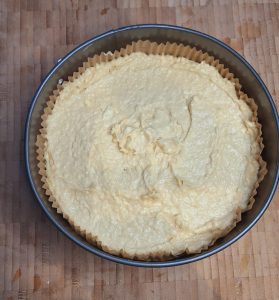
- Then sprinkle some more desiccated coconut over the buttercream.

Video
Notes
- If you want to save time you can put all the ingredients in a food processor and blitz until you get a smooth batter.
- I like to garnish with cake with raspberries, but this is optional.
- If you are not a fan of buttercream, why not try a layer of strawberry or raspberry jam, use 250 grams to cover the top of the cake and sprinkle with some more desiccated coconut.


